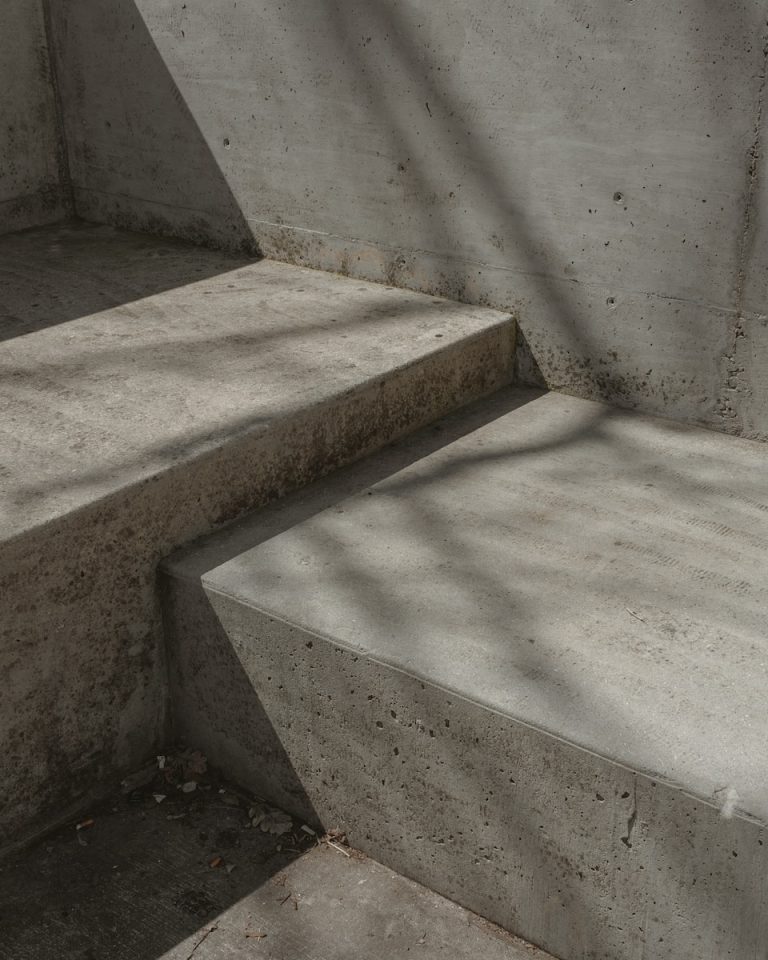Effective stormwater management is crucial for sustainable urban development, preventing flooding, and preserving water quality. The concrete stormwater pit is an integral component of a robust stormwater management system.
This unassuming structure plays a vital role in collecting, filtering, and redirecting stormwater, preventing potential damage to infrastructure and the environment. In this blog post, we will delve into the world of mastering drainage with concrete stormwater pits, exploring their design, installation, and maintenance to ensure optimal performance.
Understanding the Importance of Stormwater Management
Urbanization brings with it impervious surfaces like roads, parking lots, and buildings, which disrupt the natural water cycle. Instead of being absorbed into the ground, rainwater runs off these surfaces, often leading to flash floods and carrying pollutants into rivers and streams. Effective stormwater management is essential to mitigate these adverse effects and protect both property and the environment.
Concrete Stormwater Pits: The Foundation of Efficient Drainage
Concrete stormwater pits are integral components of stormwater management systems. These pits, also known as catch basins or sumps, serve as collection points for surface runoff. Designed to capture debris, sediment, and other pollutants, they prevent these materials from entering the drainage system and, ultimately, natural water bodies.
Key Design Considerations
- Size and Capacity: The size of a concrete stormwater pit depends on the catchment area it serves. Proper sizing ensures that the pit can handle the expected flow during heavy rain events, preventing overflow and potential flooding.
- Inlet and Outlet Placement: Strategic placement of inlet and outlet pipes is critical for efficient water flow. Engineers must carefully consider the topography and layout of the area to optimize the pit’s effectiveness.
- Grate Selection: The type of grate used on the stormwater pit influences its ability to capture debris and prevent clogging. Choosing the right grate design is essential for maximizing functionality.
Installation Process
Once the design phase is complete, proper installation is crucial for the stormwater pit to perform as intended. The installation process involves excavating the area, placing the concrete pit, connecting inlet and outlet pipes, and backfilling the surrounding soil. It’s important to follow industry standards and guidelines to ensure a secure and reliable installation.
Maintenance Practices for Long-Term Performance
Proactive maintenance is key to the longevity and effectiveness of concrete stormwater pits. Regular inspections and cleaning are necessary to prevent clogs and ensure unobstructed water flow. Maintenance tasks may include removing debris, sediment, and other pollutants from the pit, inspecting the condition of the grate, and checking for any signs of damage or wear.
Advantages of Concrete Stormwater Pits
- Durability: Concrete is a durable and robust material, capable of withstanding the rigors of constant exposure to water and environmental elements. This durability ensures the longevity of stormwater pits, reducing the need for frequent replacements.
- Customization: Concrete stormwater pits can be customized to fit specific project requirements. This adaptability makes them suitable for various applications and allows engineers to tailor the design to the unique characteristics of each site.
- Environmental Benefits: By capturing and filtering stormwater runoff, concrete stormwater pits contribute to the protection of local ecosystems. They help prevent the influx of pollutants into natural water bodies, preserving water quality and supporting biodiversity.
Conclusion
Mastering drainage with concrete stormwater pits is essential for sustainable urban development and effective stormwater management. These unassuming structures play a critical role in preventing flooding, preserving water quality, and protecting both infrastructure and the environment. By understanding the design considerations, installation process, and maintenance practices associated with concrete stormwater pits, engineers and urban planners can ensure the long-term success of stormwater management systems, promoting resilient and environmentally friendly communities.



0 Comments